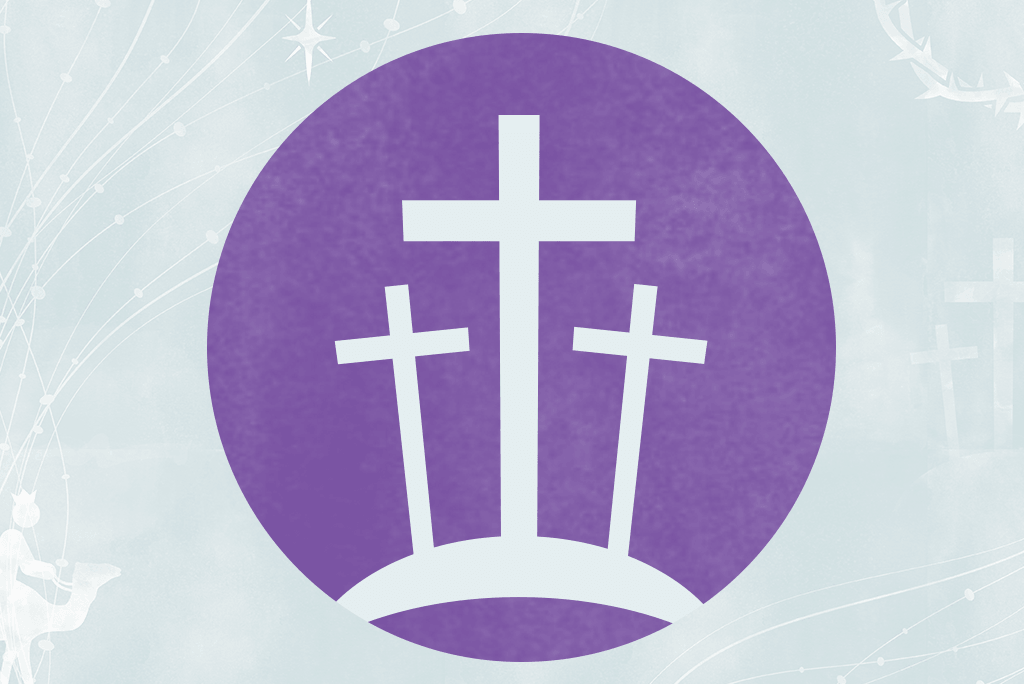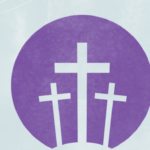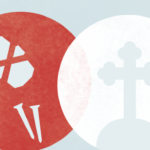by Jamison Hardy
We, as humans, have always been keepers of time and events in life. This consciousness is something we received in creation. God the Father, in creation, established the concept of time when He made the distinction between “day and … night — the first day” (GEN. 1:5). Because of this reality, our lives are consumed with what day we are in today and what is coming up in life. We see this reality each fall as Christmas sales begin earlier and earlier each year. Fifteen years ago, you would have been surprised if you saw Christmas items on store shelves before Thanksgiving. Today, in some stores, these items appear even before Halloween.
To that end, calendars are prominent in our lives today. They keep track of appointments, they order our days and they help us to establish priorities in life. While these are significant aspects of our daily life, the Church’s calendar helps direct our eyes and focus our attention on the works of Jesus, the Savior of the world. Every festival season and each distinctive church celebration has a particular and specific focus on the works of Jesus in the salvation story of our lives.
Advent and Christmas
The Church year begins with Advent, a time of expectation and waiting as we focus our eyes on the upcoming nativity of Jesus the Savior. For the Church, this is the beginning of our calendar as we rejoice in the promises of God fulfilled in the birth of the Savior at Christmastime. This season sets the tone for the whole Church Year and prepares our hearts for the works of our Lord.
Epiphany
The word “epiphany” derives from the verb “to appear” and means “manifestation” or “appearance.” One of the celebrations of this season is the appearing of the baby Jesus to the Magi. Martin Luther captured this reality in his hymn, “Savior of the Nations, Come.” Another significant celebration in this season is the Baptism of our Lord. Jesus, as the manifestation of the Savior in human flesh as a means of salvation for the world, appears to us in the river to be baptized.
Lent
Lent is a solemn penitential season of the Church Year when we focus on the passion of our Lord and His sacrificial death and resurrection for the salvation of the world. The Lenten season starts with Ash Wednesday, a reminder of our beginning as dust from the earth. This Church season helps prepare our bodies and spirit through prayer, repentance and a contrite spirit as we look to the ultimate sacrifice of our Lord on the cross of Calvary.
Holy Week and Easter
Holy Week begins with Palm Sunday, the victorious and triumphal entrance of Christ into Jerusalem. Zechariah 9:9 makes this prophesy, “Behold, your King is coming to you.” The Church sees this prophecy fulfilled as Jesus enters Jerusalem on a donkey. These events precede the Last Supper in the upper room, Maundy Thursday (purple) and the institution of the Lord’s Supper. Jesus gives His body and His blood as a means of forgiveness and salvation. The celebration of Good Friday (black) occurs and the culmination of the penitential season of Lent hits its crescendo. Easter Sunday (white) finishes off a six-week period of anticipation and preparation for the Christian in the resurrection of the Savior of the world.
Pentecost
Quickly, the Church’s calendar turns toward the blessings of our God in the giving of the Holy Spirit on the day of Pentecost. This season in the Church Year is marked for reflection and mission opportunity. As the Church enters into a long period of time where few large festivals are celebrated, members throughout the Church are able to focus on the missional efforts that our Lord commands of us as His children. Pentecost is a wonderful time in the life of the Church to be renewed with the saving message of Jesus Christ and His love for His Church.
Reformation Celebration and All Saints’ Day
As the Church Year comes to a close, we turn our eyes toward specific Church festivals on the calendar. The first of these is Reformation, a celebration about freedom in the Gospel. Freedom in forgiveness sets the tone for this celebration and sets the tone for this Church festival. Immediately following the celebration of the Reformation is All Saints Day, a day in which we commemorate the lives of those who go before us in faith. As the hymnist declares in “For All the Saints” (LSB 677), “Soon, soon to faithful warriors cometh rest.” This festival celebrates the rest we have in forgiveness as soldiers of the faith. The linking of these two Church celebrations shows the true picture of our God and King through the forgiveness of sin, life and salvation.
The Rev. Dr. Jamison Hardy (pastorhardy@yahoo.com) is senior pastor of Peace Lutheran Church, McMurray, Pa., and bishop of the LCMS English District.









